News
The Girl Keeps Her Top On: Nudity in Horror
If you’re a breast man, you may be wondering whatever happened to them and nudity in horror films?
Wasn’t that a trope in the trifecta of sustainable horror plot lines: breasts, drugs and blood? As long as the film contained all three of these things, it would surely anger evangelists and hoity toity critics alike, which eventually would bring even more publicity to the film.
Let’s make it clear that I am not a film goer who actively looks for nudity in films.
But, think about it, all through the 70’s and 80’s horror films had scripts which called for at least the supporting actress to drop her top, but nowadays actresses are keeping their cups filled through passionate acting despite the R-rating.
These days, some indie films insert the bare female form into their films, but you may agree that mainstream has forgotten that this tactic was once a box office draw.
When I was a kid, you could depend on one thing. If the voice-over at the end of the trailer growled “Rated-R” you knew two things would happen: One, there would be lots of blood and you would see at least one breast set.
The year was 1978 and American cinema was giving the genre a new name: The slasher.

Beginning with a little film called “Halloween” which finally put the genre on the mainstream map — even moreso than the cult hit and nude-less “The Texas Chainsaw Massacre” just four years previous.
The idea of getting adult ticket buyers to shell out $3.00 for a “No one under 18 admitted” film was publicity gold, and the only way to do that was show them something shocking. If that included the mammary glands of a hot young actress, well it was all good for busting through the bottom line.

The scene in Halloween (1978) was slightly gratuitous, but we all remember it, Lynda, post coitus, is waiting for her flame to retrieve a beer from the kitchen as she lays in bed filing her nails her chest exposed. She sees her boyfriend, who she thinks is pranking her underneath a bedsheet come through the door; she quips, “See anything you like?”
Such a suggestive and flirtatious phrase, but it defied a generation because the country was in the throes of the women’s rights movement and such sexuality was offensive to them, but felt rebellious to men — and they loved it.

faptuary
Lynda’s payout for her peep show resulted in her death by phone cord strangulation with breasts front-and-center. What was this saying about gender norms in the 70’s? One thing we can say for Carpenter’s opus is that it inspired a new type of woman: The smart and sexy “Final Girl.”
But sex and horror was just getting started.
Along came “Friday the 13th” (1980) which upped the ante on titular plot telling. Not only were women willingly having sex but they were also getting brutally murdered. In fact, the original Friday only briefly showed the feminine upper torso, but unlike “Halloween” the sex was realistically simulated before the killer impaled the teens.
Weirdly, in both the 2007 “Halloween” and later, the 2009 remake of “Friday the 13th” the nudity was a little more graphic.

The original Friday the 13th was a springboard for countless imitations that followed, all keeping with the three major devices: Sex, drugs and violence against women.
The trend was so ingrained, renown critic Roger Ebert and his pal Gene Siskel dedicated a whole show to the practice:
“The nudity is always gratuitous,” said Ebert. “It is put in to titillate the audience and women who dress this way or merely uncover their bodies are somehow asking for trouble and somehow deserve the trouble they get. That’s a sick idea.”
Further, female watchers were becoming a little miffed because it was only women’s breasts being gawked at, they wanted to see the male form.
Ironically one of the original castmembers of “Friday the 13th,” Kevin Bacon, would exposed his semi-erect phallus almost 20-years later in the thriller “Wild Things.” Google it, it’s out there.
For nearly a decade the slasher was strong at the box office, but one director would intervene, not once but twice in a generation.
Enter again Wes Craven, a prolific storyteller who sent the slasher into a new direction in 1984 with “A Nightmare on Elm Street,” perhaps the penultimate cap on the genre. Conversely, his first film “Last House on the Left” was a brutal rape film which held its male antagonists accountable.
“Elm Street” doesn’t have gratuitous shots of nudity or rape, settling instead for ramped-up gore.
This was the beginning of mainstream cinema keeping her bra and her audiences hooked.
Samuel Bayer’s unbearable remake of “Elm Street” kept with Craven’s nudity avoidance, taking the R-rating instead for strong bloody horror violence, disturbing images, terror and language.
As the 80’s disappeared so too did the slasher film. Rounding out the decade was “Child’s Play,” and “Pet Semetary,” with not a breast between them.
In the 90’s, horror movies had pretty much ditched the nudity and focused more on atmosphere. Wes Craven revisited the genre in 1996’s “Scream,” an homage to the slasher film, but he didn’t include any nudity, instead he left the dialogue randy and let audiences internally visualize what Rose McGowan had hidden beneath that lime green sweater.

The Motion Picture Association of America (MPAA) was on the warpath, relegating some pictures into the NC-17 dead zone causing directors to choose between language, nudity or violence.
Now we are in the decade of the modern “Final Girl,” a term of empowerment and survival. Women are no longer the objects of desire to get audiences lined up under the marquis, they are symbols of strength and free-thinking.
In 2015, the indie bomb “Muck” tried and failed to re-invigorate (many) gratuitous shots of bare breasts, but now it just seemed infantile, misogynistic and mean spirited.
The after-taste left by “Muck” was coated in the words coined by Eli Roth’s “Hostel”: “torture porn,” but it was also tinged with “rape culture” an icky combination that revealed more about the film makers and their ideas than it did about modern society.
I recently revisited the 20th Century Fox “Wrong Turn” franchise. Another series which includes bare bosom shots for at least a single scene. Again, the exposition didn’t seem artful, it seemed hurtful to the actress. I’m sure she enjoyed that paycheck.

Women are now the survivors, the redeemers and the problem solvers. Their strength comes from a place of identifiable backstories, filled with strife and empathy.
Their strength lies in the sexiest organ of them all: their brains.
Which then begs the question: if a bare woman’s chest wasn’t integral to the plot, why was it included in the film, and what does that say about the viewer?
What is it he or she expects in a horror film these days?
What say you?
'Civil War' Review: Is It Worth Watching?
Follow our new YouTube channel "Mysteries and Movies" here.

Movies
‘Evil Dead’ Film Franchise Getting TWO New Installments
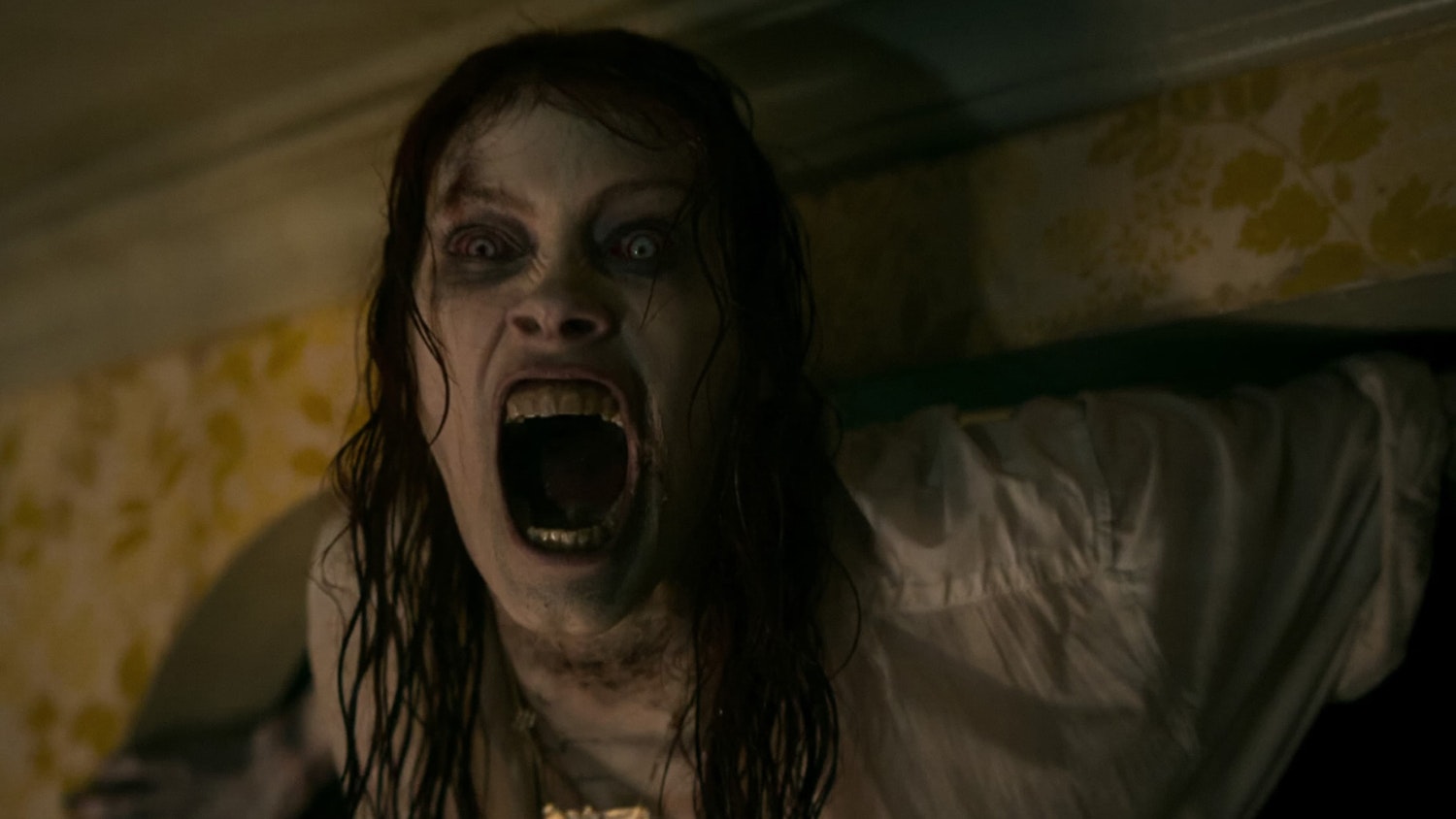
It was a risk for Fede Alvarez to reboot Sam Raimi’s horror classic The Evil Dead in 2013, but that risk paid off and so did its spiritual sequel Evil Dead Rise in 2023. Now Deadline is reporting that the series is getting, not one, but two fresh entries.
We already knew about the Sébastien Vaniček upcoming film that delves into the Deadite universe and should be a proper sequel to the latest film, but we are broadsided that Francis Galluppi and Ghost House Pictures are doing a one-off project set in Raimi’s universe based off of an idea that Galluppi pitched to Raimi himself. That concept is being kept under wraps.

“Francis Galluppi is a storyteller who knows when to keep us waiting in simmering tension and when to hit us with explosive violence,” Raimi told Deadline. “He is a director that shows uncommon control in his feature debut.”
That feature is titled The Last Stop In Yuma County which will release theatrically in the United States on May 4. It follows a traveling salesman, “stranded at a rural Arizona rest stop,” and “is thrust into a dire hostage situation by the arrival of two bank robbers with no qualms about using cruelty-or cold, hard steel-to protect their bloodstained fortune.”
Galluppi is an award-winning sci-fi/horror shorts director whose acclaimed works include High Desert Hell and The Gemini Project. You can view the full edit of High Desert Hell and the teaser for Gemini below:
'Civil War' Review: Is It Worth Watching?
Follow our new YouTube channel "Mysteries and Movies" here.
Movies
‘Invisible Man 2’ Is “Closer Than Its Ever Been” to Happening

Elisabeth Moss in a very well-thought-out statement said in an interview for Happy Sad Confused that even though there have been some logistical issues for doing Invisible Man 2 there is hope on the horizon.
Podcast host Josh Horowitz asked about the follow-up and if Moss and director Leigh Whannell were any closer to cracking a solution to getting it made. “We are closer than we have ever been to cracking it,” said Moss with a huge grin. You can see her reaction at the 35:52 mark in the below video.
Whannell is currently in New Zealand filming another monster movie for Universal, Wolf Man, which might be the spark that ignites Universal’s troubled Dark Universe concept which hasn’t gained any momentum since Tom Cruise’s failed attempt at resurrecting The Mummy.
Also, in the podcast video, Moss says she is not in the Wolf Man film so any speculation that it’s a crossover project is left in the air.
Meanwhile, Universal Studios is in the middle of constructing a year-round haunt house in Las Vegas which will showcase some of their classic cinematic monsters. Depending on attendance, this could be the boost the studio needs to get audiences interested in their creature IPs once more and to get more films made based on them.
The Las Vegas project is set to open in 2025, coinciding with their new proper theme park in Orlando called Epic Universe.
'Civil War' Review: Is It Worth Watching?
Follow our new YouTube channel "Mysteries and Movies" here.
News
Jake Gyllenhaal’s Thriller ‘Presumed Innocent’ Series Gets Early Release Date
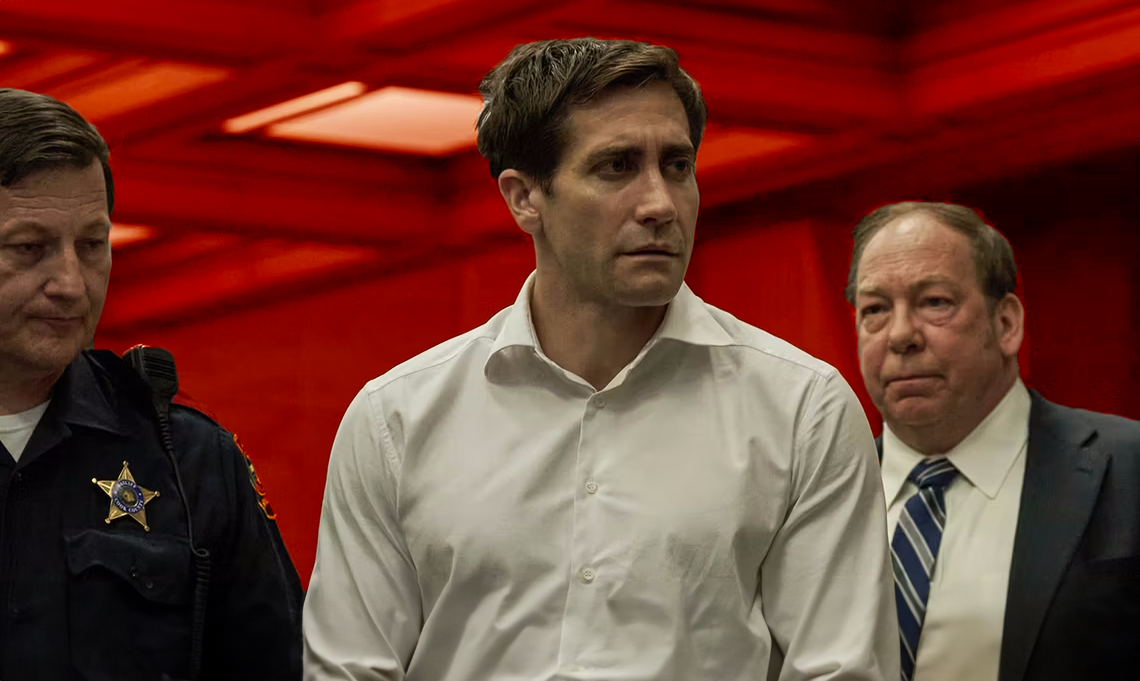
Jake Gyllenhaal’s limited series Presumed Innocent is dropping on AppleTV+ on June 12 instead of June 14 as originally planned. The star, whose Road House reboot has brought mixed reviews on Amazon Prime, is embracing the small screen for the first time since his appearance on Homicide: Life on the Street in 1994.
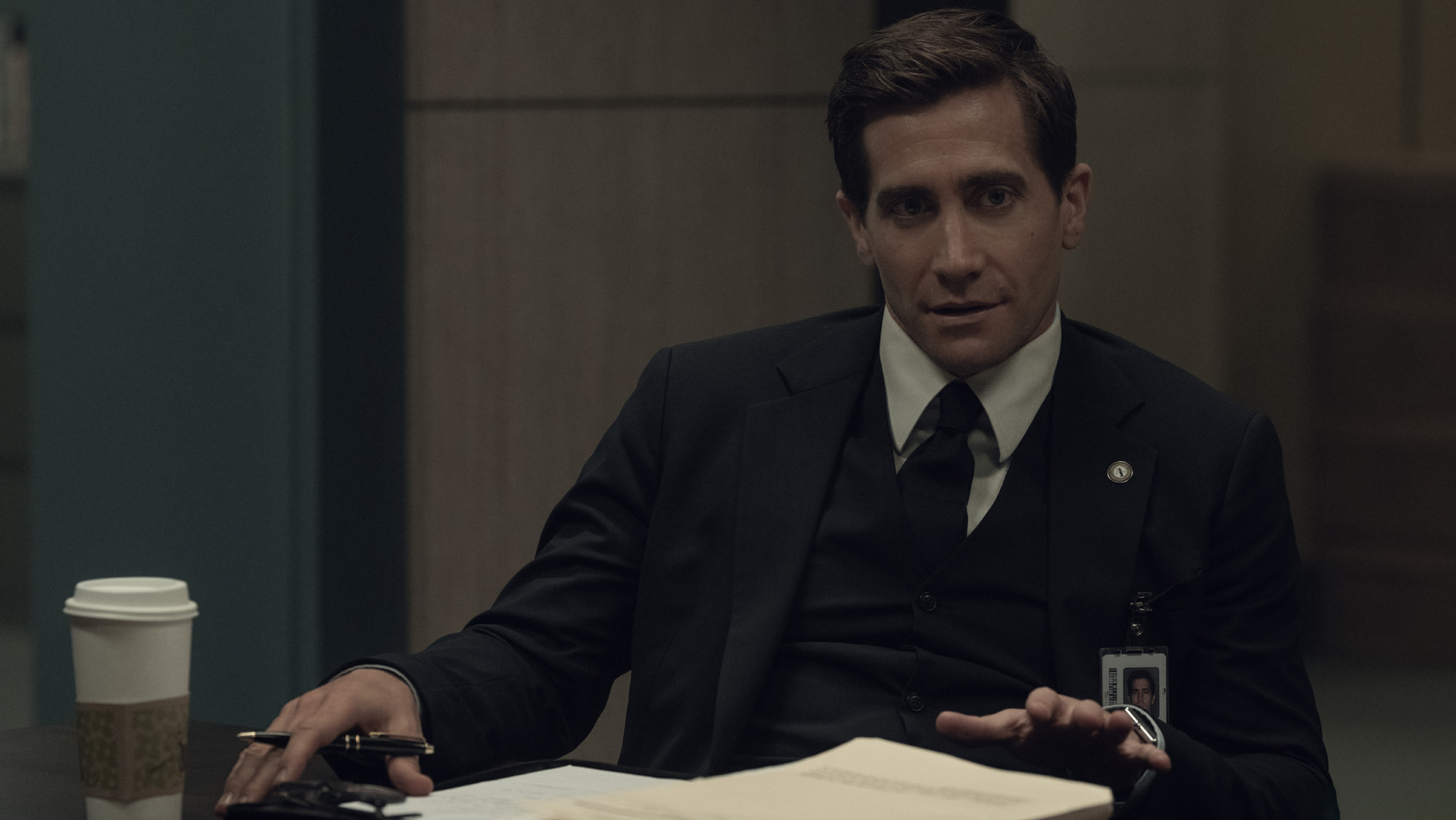
Presumed Innocent is being produced by David E. Kelley, J.J. Abrams’ Bad Robot, and Warner Bros. It is an adaptation of Scott Turow’s 1990 film in which Harrison Ford plays a lawyer doing double duty as an investigator looking for the murderer of his colleague.
These types of sexy thrillers were popular in the ’90s and usually contained twist endings. Here’s the trailer for the original:
According to Deadline, Presumed Innocent doesn’t stray far from the source material: “…the Presumed Innocent series will explore obsession, sex, politics and the power and limits of love as the accused fights to hold his family and marriage together.”
Up next for Gyllenhaal is the Guy Ritchie action movie titled In the Grey scheduled for release in January 2025.
Presumed Innocent is an eight-episode limited series set to stream on AppleTV+ starting June 12.
'Civil War' Review: Is It Worth Watching?
Follow our new YouTube channel "Mysteries and Movies" here.
-

 News6 days ago
News6 days agoOriginal Blair Witch Cast Ask Lionsgate for Retroactive Residuals in Light of New Film
-
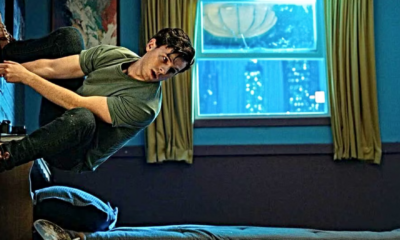
 Movies7 days ago
Movies7 days agoSpider-Man With a Cronenberg Twist in This Fan-Made Short
-
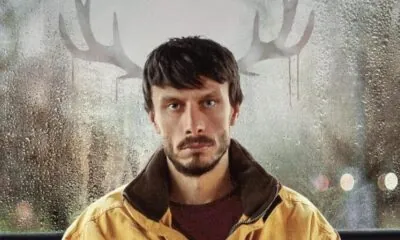
 News4 days ago
News4 days agoPerhaps the Scariest, Most Disturbing Series of The Year
-

 Movies5 days ago
Movies5 days agoNew F-Bomb Laden ‘Deadpool & Wolverine’ Trailer: Bloody Buddy Movie
-

 News5 days ago
News5 days agoRussell Crowe To Star in Another Exorcism Movie & It’s Not a Sequel
-

 Lists4 days ago
Lists4 days agoThrills and Chills: Ranking ‘Radio Silence’ Films from Bloody Brilliant to Just Bloody
-

 Movies5 days ago
Movies5 days ago‘Founders Day’ Finally Getting a Digital Release
-
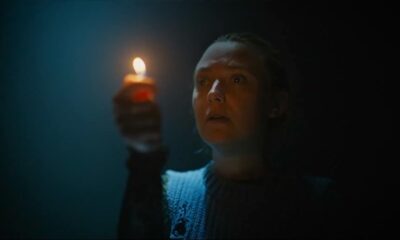
 Movies5 days ago
Movies5 days agoNew ‘The Watchers’ Trailer Adds More to the Mystery























You must be logged in to post a comment Login